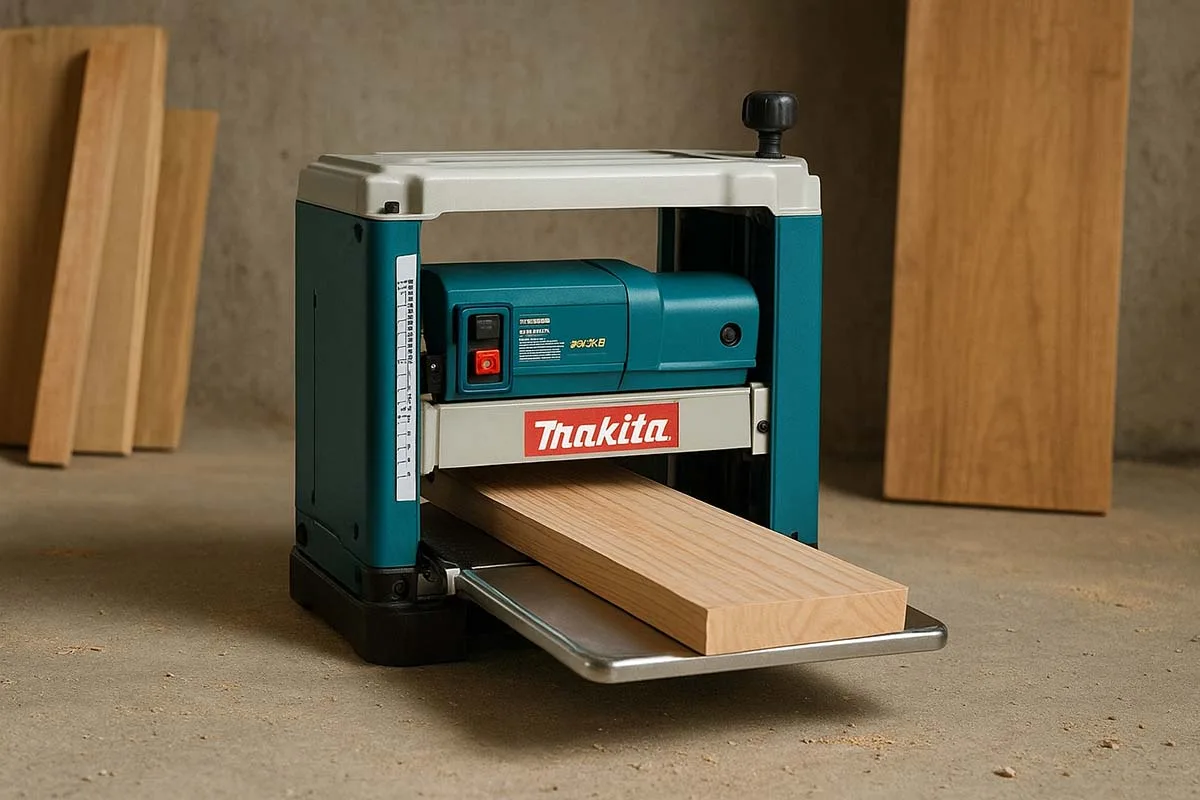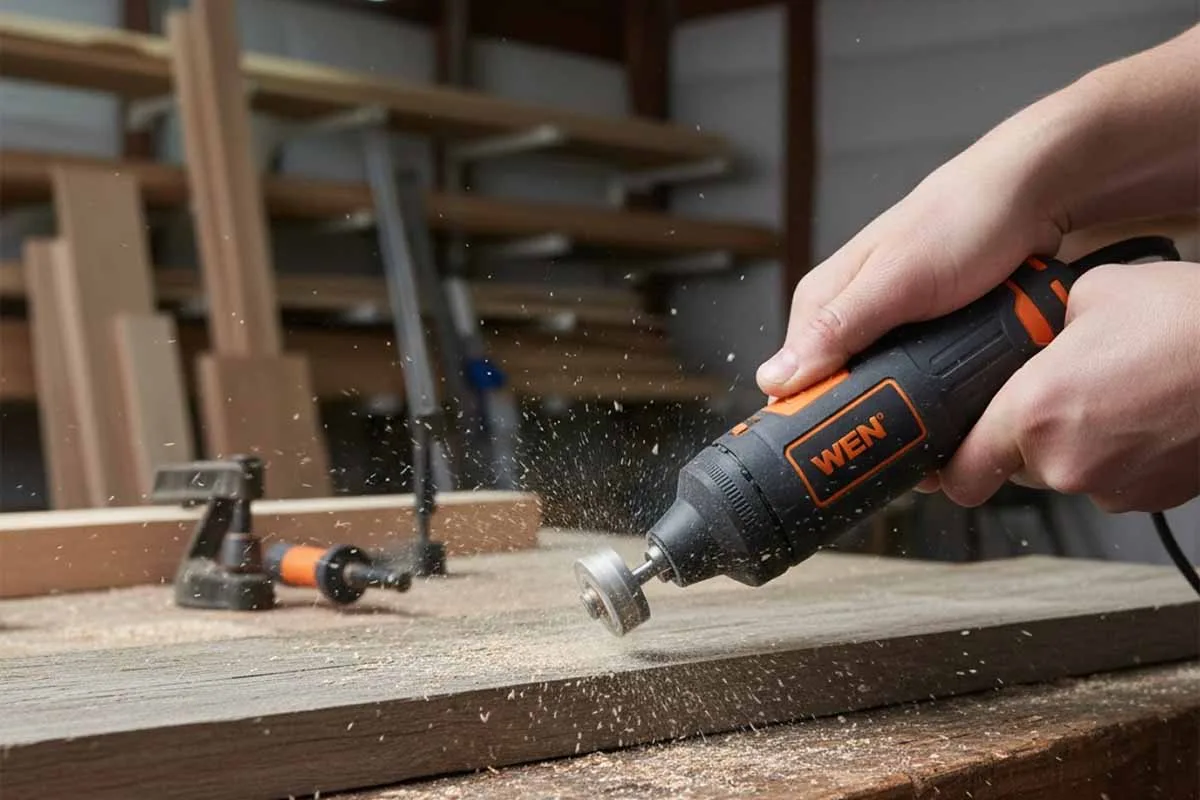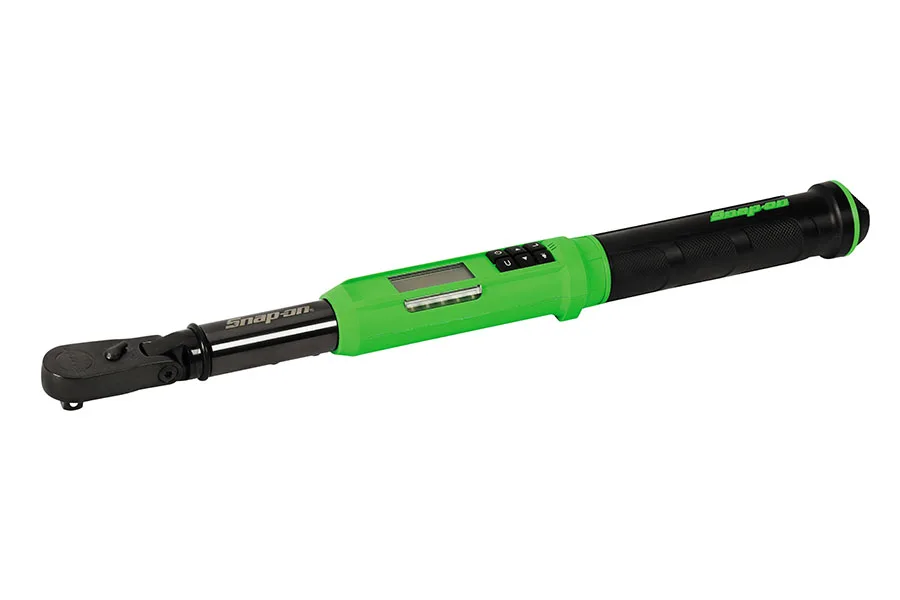Introduction: What Is the Makita 2012NB Planer and Who Is It For?
The Makita 2012NB 12-Inch Portable Planer has earned a strong reputation among woodworkers for its quiet operation, precision cuts, and compact design. Unlike heavy-duty planers that shake the whole shop, the 2012NB is engineered to balance professional-grade performance with portability and noise control.
If you’re a contractor, hobbyist, or small-shop owner who values smooth finishes, reliability, and less noise, the Makita 2012NB could be your best planer investment.
Key Features and Technical Specifications
- Motor Power: 15-amp motor with 8,500 RPM cutterhead speed.
- Cutting Width: Up to 12 inches – wide enough for most boards.
- Cutting Depth: Maximum of 1/8 inch per pass.
- Cutting Capacity: 12″ wide, 6-3/32″ thick, 1/8″ deep.
- Blade System: Double-edged, disposable planer blades for smooth finishes.
- Noise Level: Only 83 dB – one of the quietest planers on the market.
- Interna-Lok™ Automated Head Clamp: Prevents snipe by stabilizing the cutterhead.
- Portability: Weighs 61 lbs, making it relatively light for a planer of this size.
- Warranty: 1-year warranty with Makita reliability.
Pros and Cons
✅ Pros
- Extremely quiet operation compared to competitors.
- Compact and relatively lightweight design.
- Consistently smooth finishes with minimal snipe.
- Simple blade change system.
- Reliable build quality backed by Makita.
❌ Cons
- More expensive than budget planers.
- Smaller cutting width (12 inches) than some competitors.
- Lacks a two-speed gearbox like the DeWalt DW735X.
- Shorter warranty compared to some brands.
Comparisons to Alternative Products
- Makita 2012NB vs DeWalt DW735X: The DeWalt has a wider 13″ capacity, more power, and two-speed gearbox, but it’s louder and heavier. The Makita wins on quiet operation and portability.
- Makita 2012NB vs WEN 6552T: WEN offers affordability and a 13″ capacity, but the Makita delivers superior finish quality and durability.
- Makita 2012NB vs Ridgid R4331: Ridgid offers similar portability at a lower price, but Makita edges it out in reliability and smoother finishes.
👉 Verdict: If noise and precision are priorities, the Makita 2012NB is the top choice.
Use Cases: Who Should Buy It (and Who Should Not)
- Buy the Makita 2012NB if you are:
- A contractor working in residential areas (noise-sensitive environments).
- A hobbyist or small-shop woodworker who values clean, precise cuts.
- Someone needing a balance of portability and professional performance.
- Skip the Makita 2012NB if you are:
- On a tight budget (there are cheaper alternatives).
- A professional shop handling high volumes of wide boards.
- Looking for a heavy-duty stationary planer with industrial-level capacity.
FAQs About the Makita 2012NB Planer
Interesting & Lesser-Known Facts
💡 Interesting Fact: The Makita 2012NB is famous in woodworking communities as the “quiet planer” – many shops choose it specifically to reduce noise complaints in residential or shared spaces.
🤔 Lesser-Known Fact: The 2012NB was one of the first portable planers to use an automated head clamp system, a feature that dramatically cut down on snipe before competitors caught up.
Conclusion
The Makita 2012NB Planer strikes the perfect balance between quiet operation, portability, and professional-grade finishes. While it’s pricier than entry-level models, its smooth results and reduced noise make it a standout choice for contractors, hobbyists, and small-shop woodworkers alike.
👉 Have you used the Makita 2012NB? Share your experience in the comments below, and let other woodworkers know whether you’d recommend it. Don’t forget to share this article on social media to help fellow makers choose the right planer!





